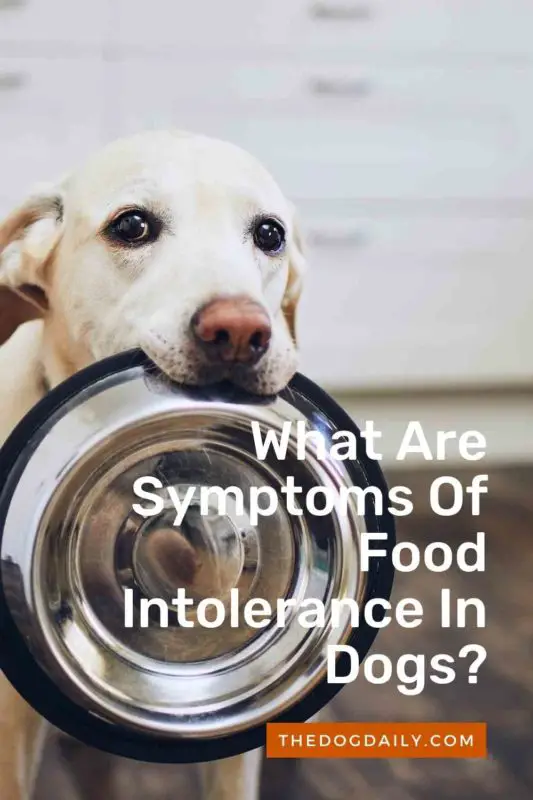How Do You Know If Your Dog Has Food Sensitivities?
Like a person, a dog can develop a sensitive stomach at any point in its life. This intolerance — which differs from an allergy — is most likely to manifest in the form of gastrointestinal symptoms, with loose stools and excessive gas. Below, veterinarians Amy Dicke and Katy Nelson weigh in on identifying, feeding, and caring for digestively-sensitive dogs versus caring for a dog with a food allergy.
Food Allergy or Food Intolerance?
An allergic dog’s immune system mistakes a substance (say, a protein) for a damaging invader. It then produces antibodies to attack the invading material, causing the symptoms of an allergic reaction.
Food allergies most often emerge very differently than food sensitivity. The primary symptoms of a food allergy being itching and skin problems rather than GI distress. Food allergies account for approximately 10 percent of canine allergies and are the third most common after fleabites and inhalants. According to Dicke, a technical services veterinarian for Iams, dogs that develop signs of allergic skin disease for the first time at less than six months or older than six years of age are more likely to have a true food allergy.
What Are Symptoms Of Food Intolerance In Dogs?
In contrast to allergies, food intolerances more often result in diarrhea and vomiting. Not a lot is known about what causes this, but food intolerances may develop because of an enzyme deficiency. Think of lactose intolerance in which adult humans do not produce the enzyme that helps to digest milk. As Nelson explains, food intolerance may appear because the body is suddenly unable to process the protein or carbohydrate source. It’s “a fancy way of saying no one can explain it,” she adds.
The most thorough approach to determining whether your pet is sensitive to a particular ingredient is to eliminate it from your dog’s diet for six weeks, and then phase it back to see if the symptoms return, says Nelson. During the six-week detox period, substitute a sensitive stomach formula, ideally one that contains a novel protein like fish, an unusual ingredient in commercial foods, and one your dog has probably never tasted before. If a pet responds well to the new formula, many owners skip step two: reinstating the old protein source to see if the symptoms come back.
What Do You Feed A Dog With Food Sensitivities?
A quality sensitive stomach formula should have either fish or chicken (a bland protein) listed as its first ingredient. Other beneficial ingredients include:
-
Fructooligosaccharide (FOS)
FOS feeds the good bacteria in the gut that help prevents pathogenic bacteria’s overgrowth, leading to vomiting, diarrhea, or other GI distress signs, says Nelson.
-
Omega Fatty Acids
Pets with or without sensitive stomachs can benefit from a switch to higher quality food in general. Essential components are these acids, which can help to keep your dog’s skin and coat healthy.
-
Antioxidants
High levels of antioxidants like vitamin E, from fruits and vegetables, including carrots, tomatoes, apples, and spinach, help keep the immune system functioning at its highest possible level.
More than just diet impacts your dog’s stomach. Both Dicke and Nelson emphasize that maintaining a healthy weight, getting regular exercise, and limiting stress will contribute to your dog’s GI well being. Follow these and the other instructions, and your dog’s stomach should be manageable in no time.
Article written by Author: Rose Springer

